For my client, 66Sick, I was responsible for creating product renderings for a series of decals for Fox suspension forks. As a result of this project, I also developed some elaborate mood shots by reconstructing the suspension fork as a 3D model.
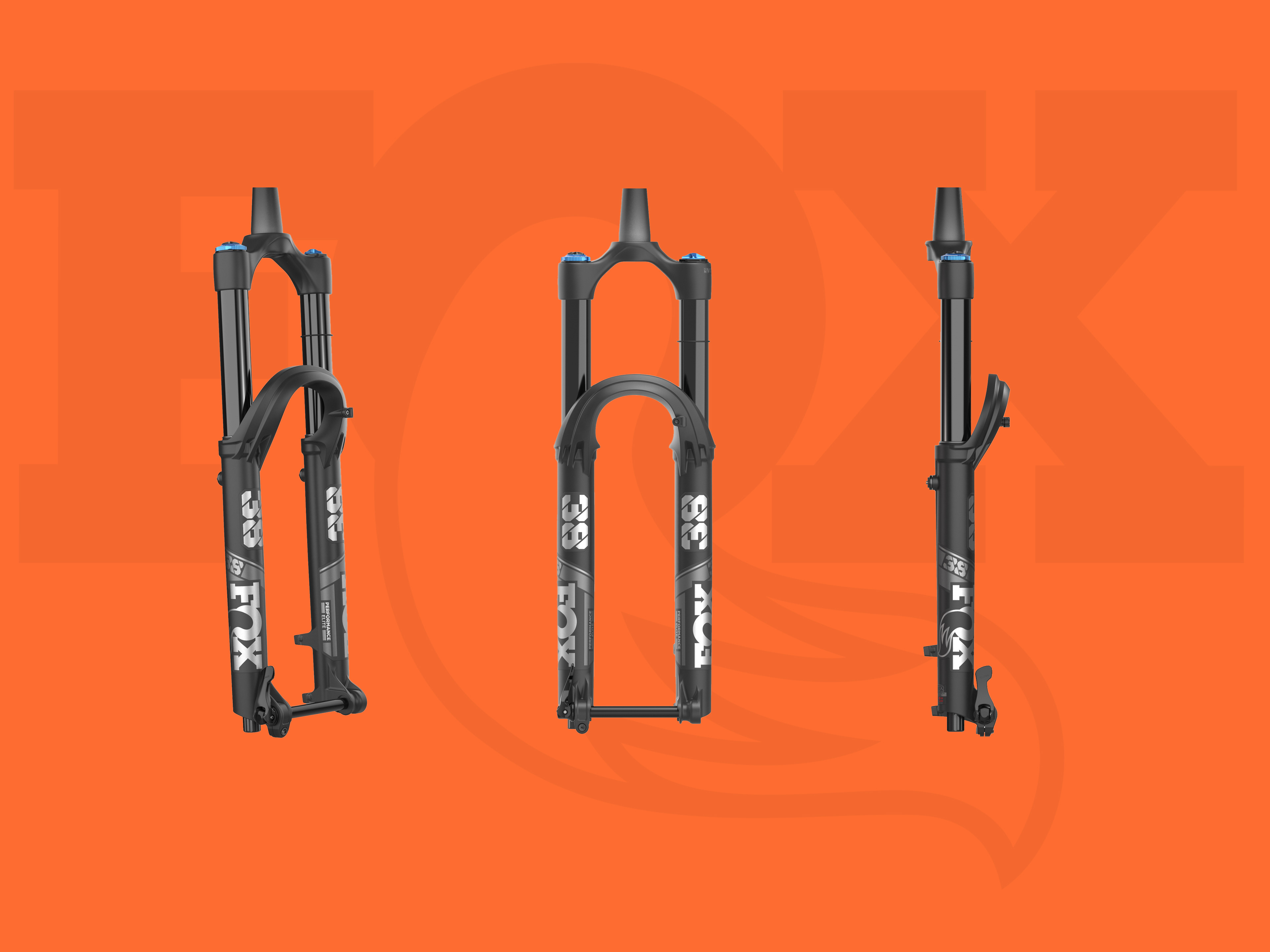
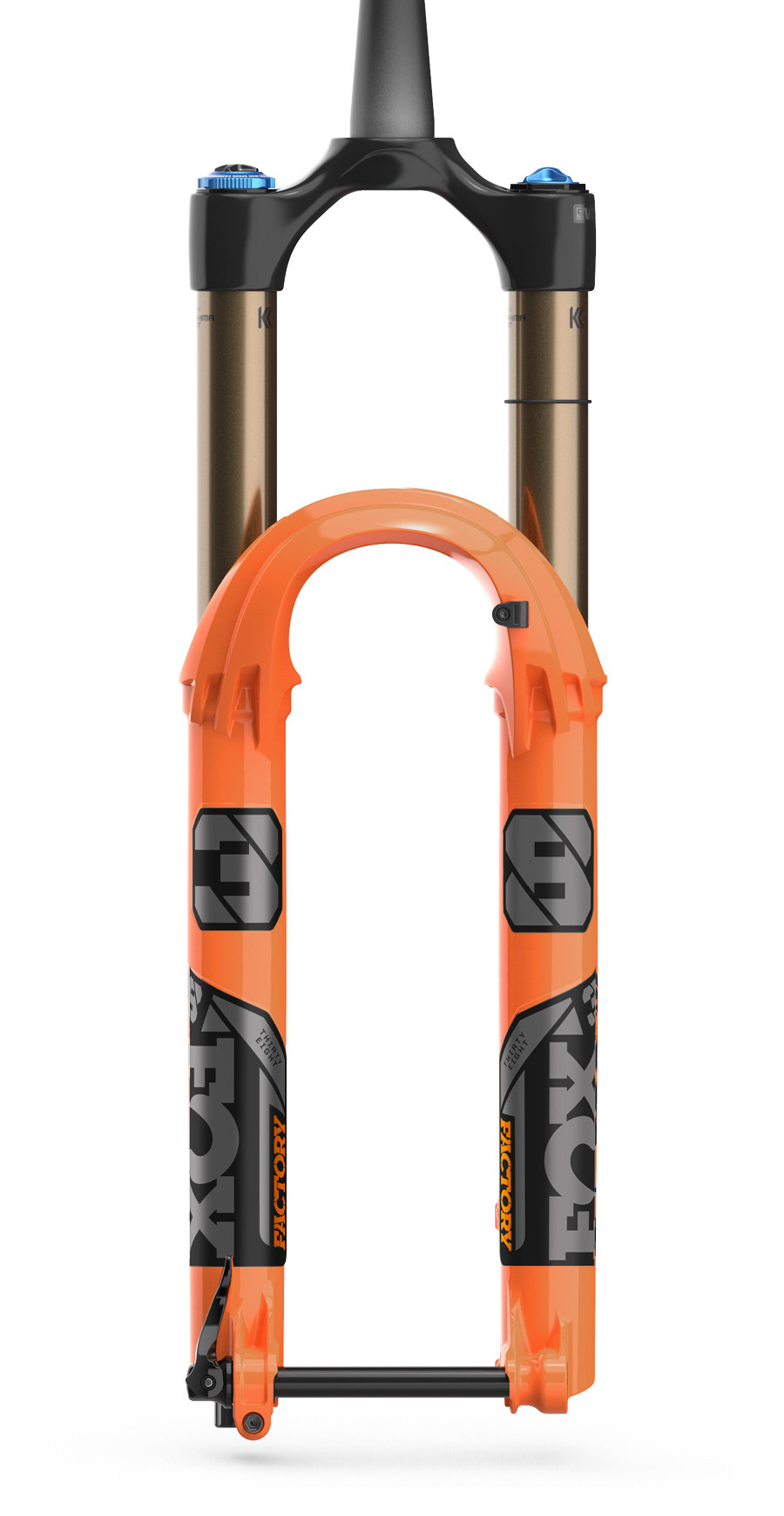
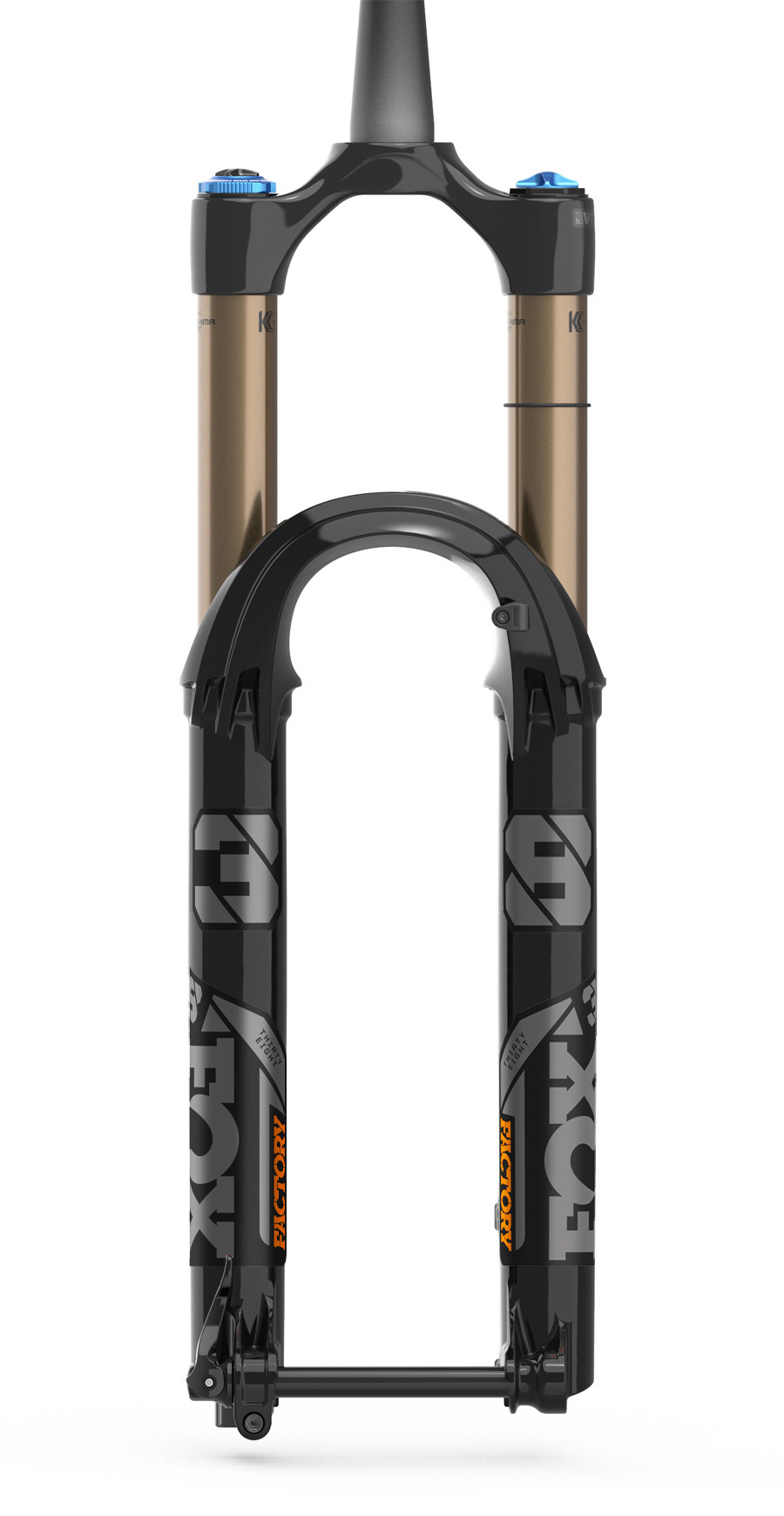
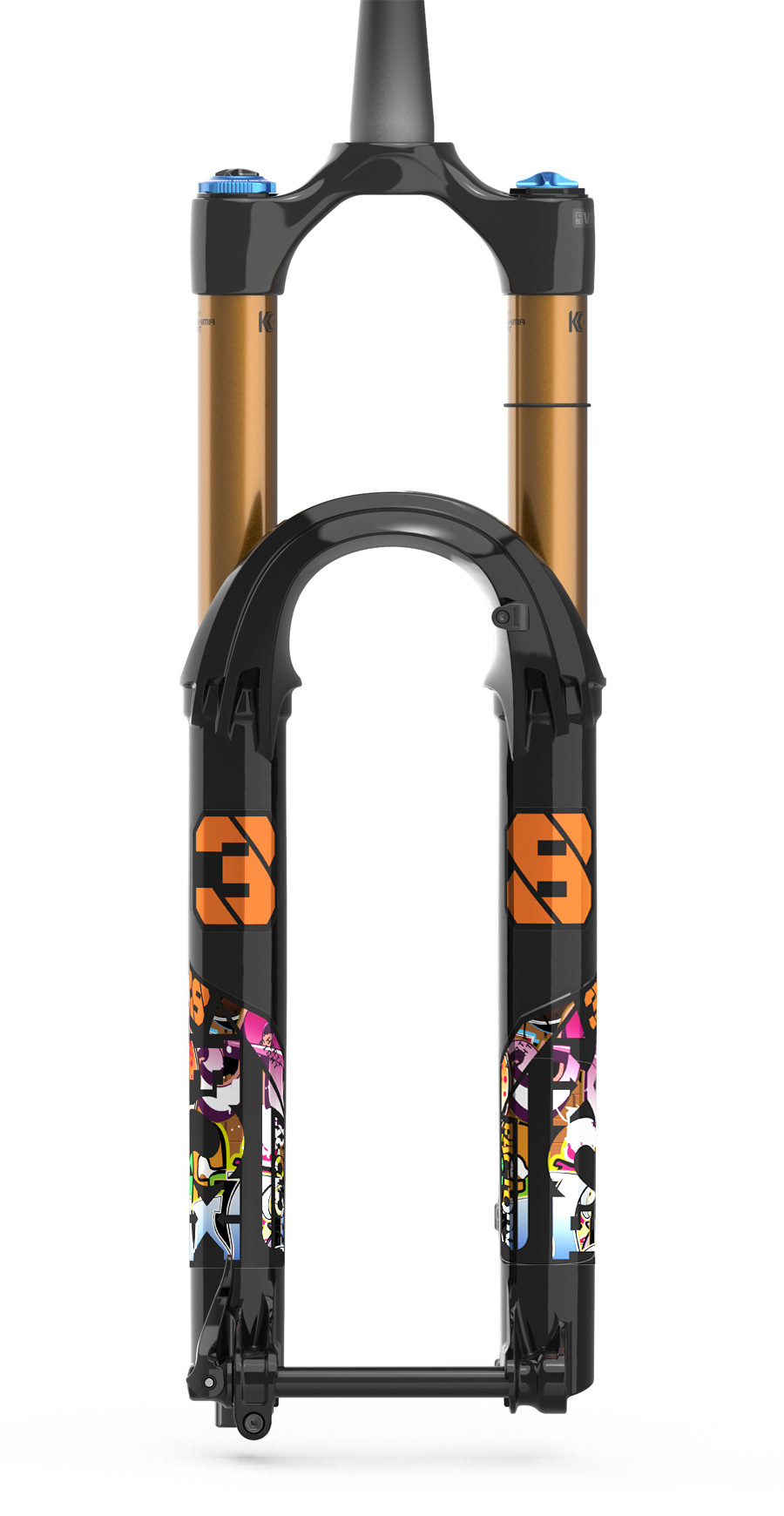
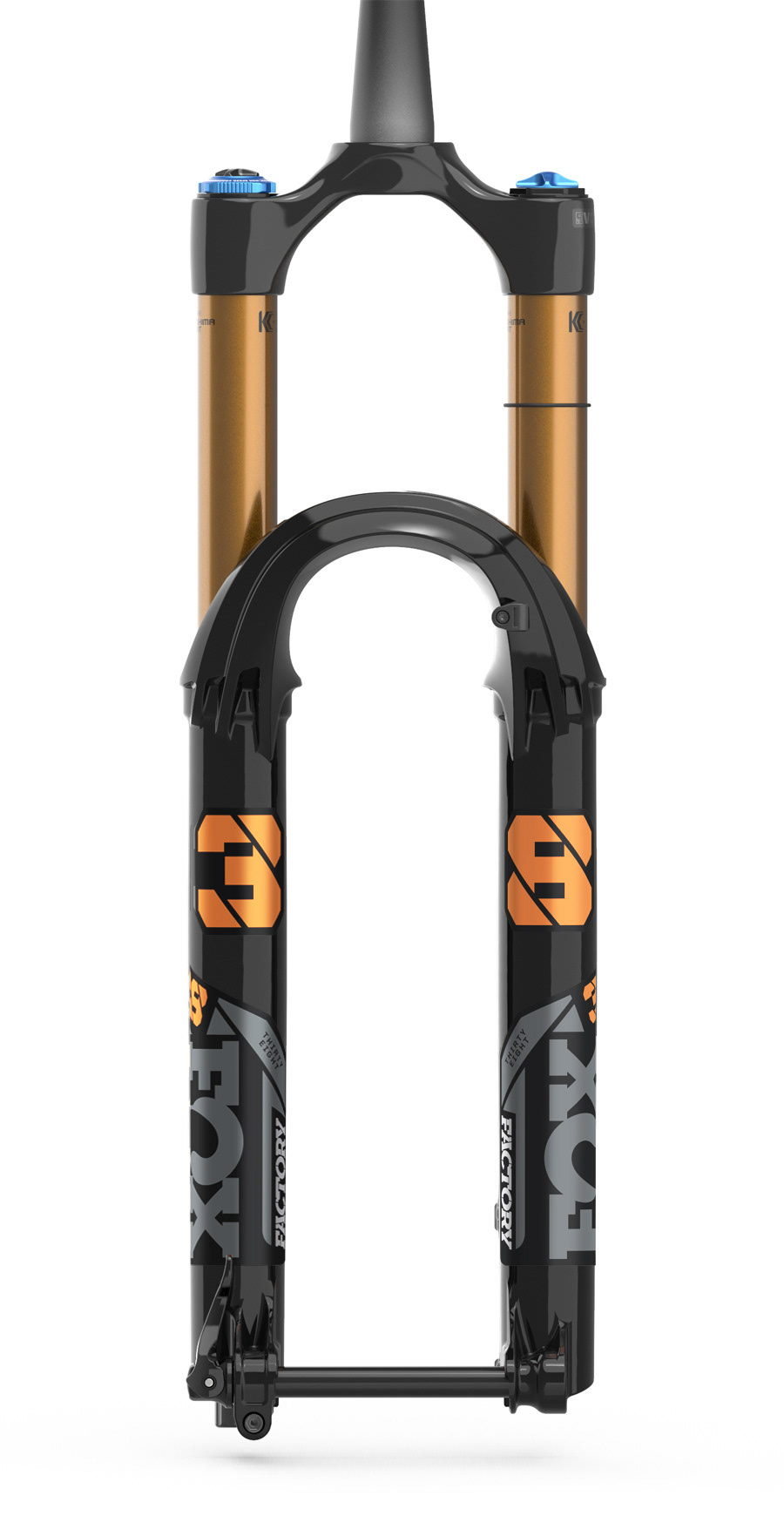
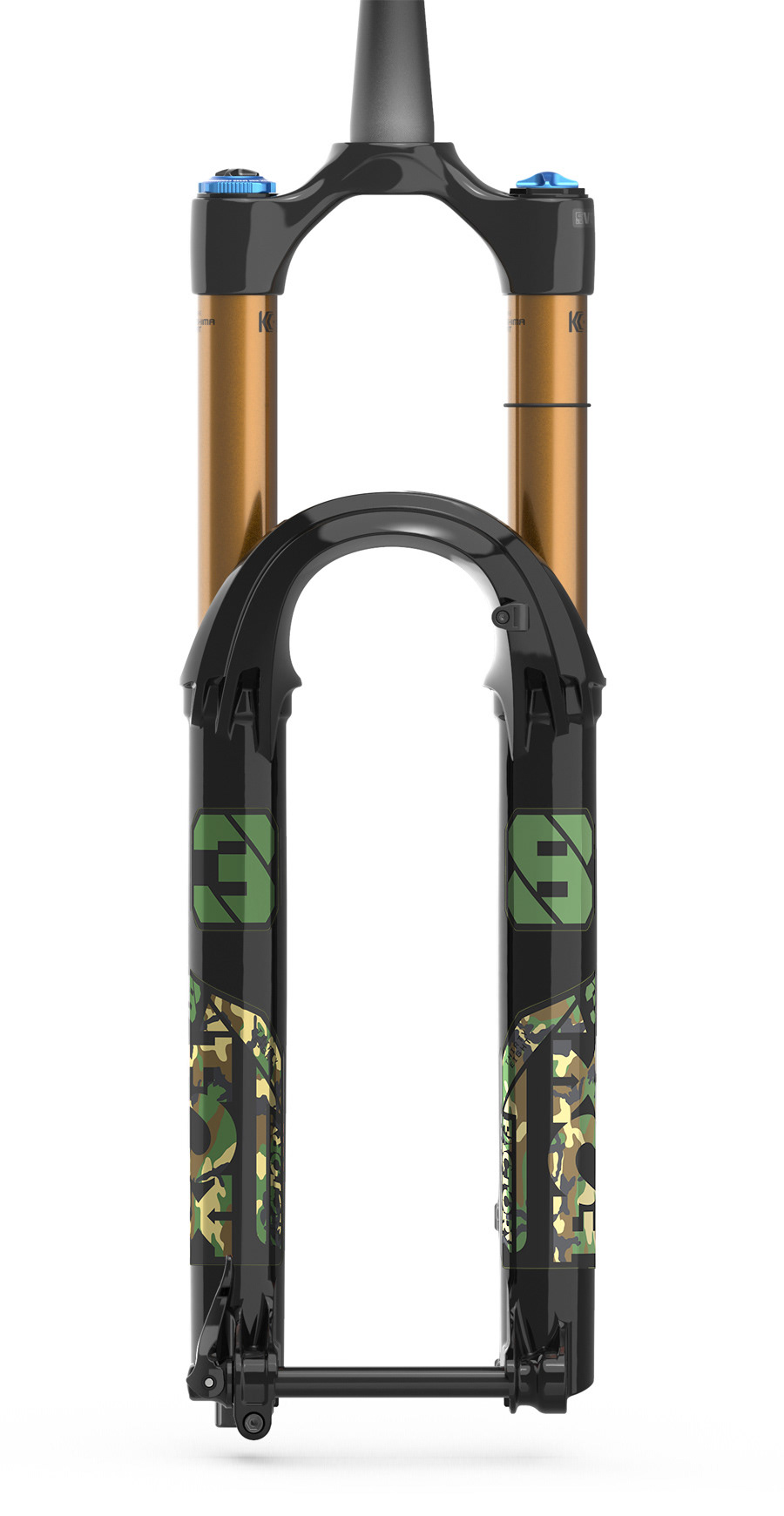
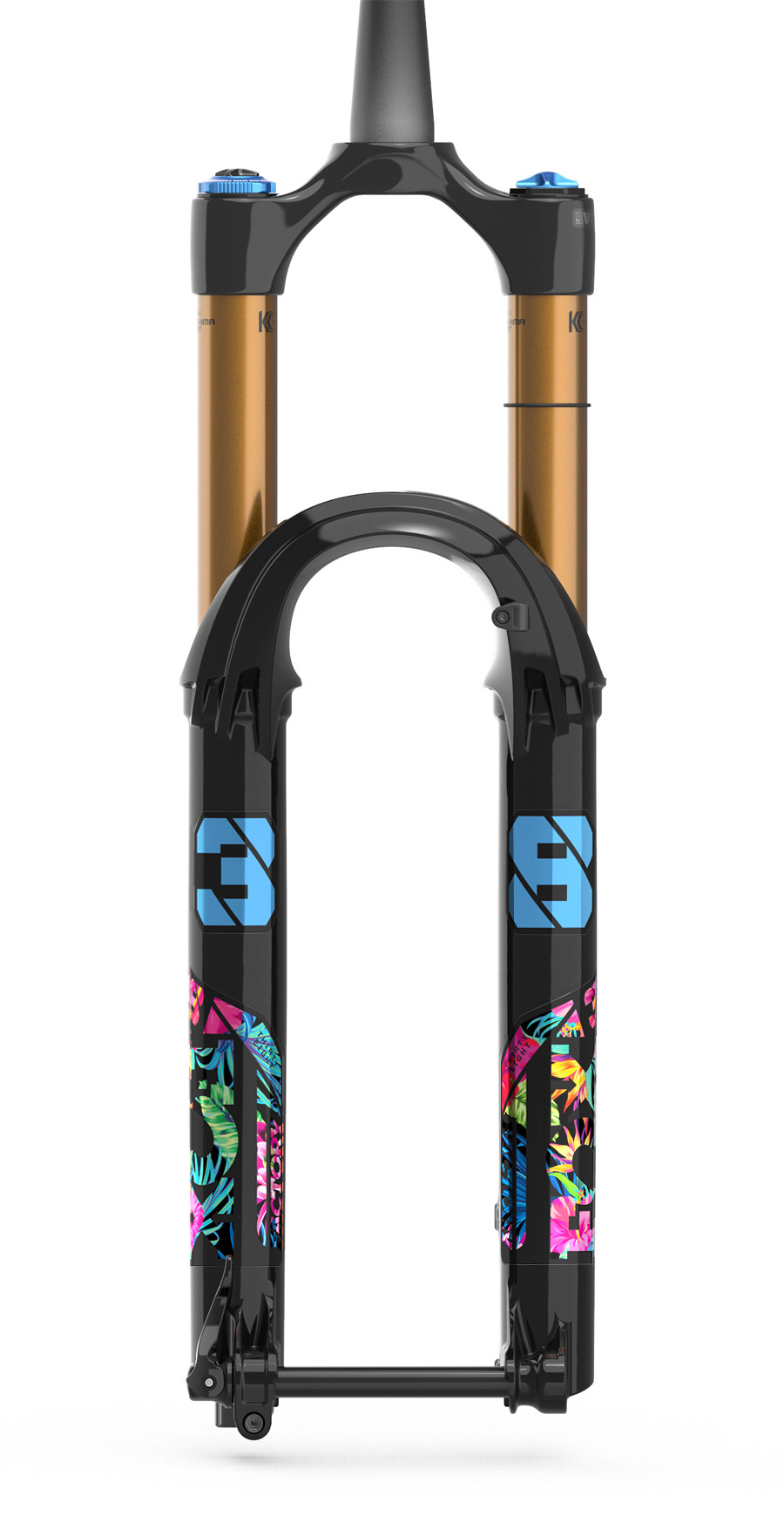
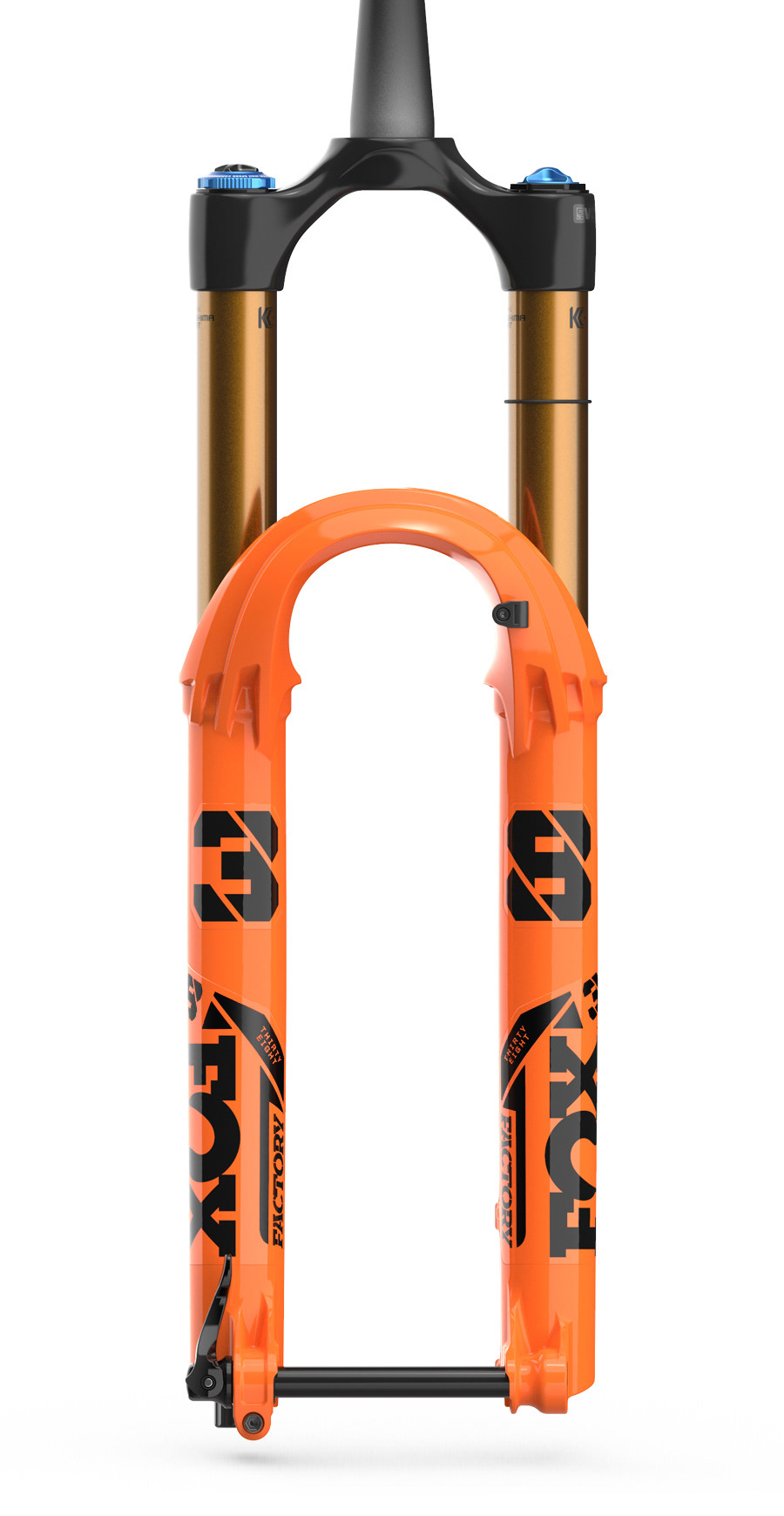
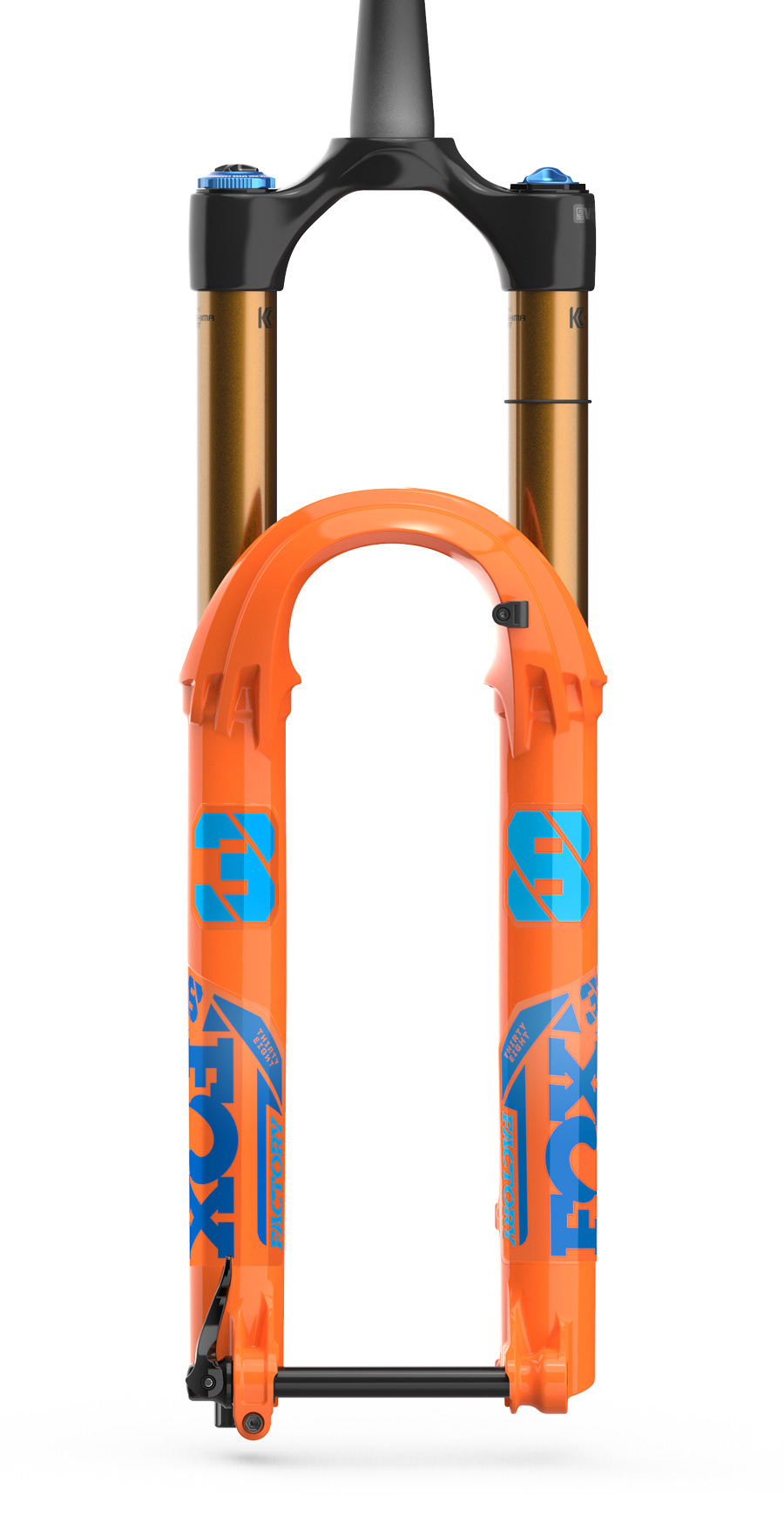
The process began with a high-quality 3D model created in Rhino, which allowed me to accurately represent all the relevant details of the fork. Balancing the imperfections inherent in the real product with the precise construction in the computer was a crucial aspect of the design process. My aim was to create 3D data that could be used for production files, ensuring accurate physics and geometry, even if it ultimately resulted in just a few images.
Next, I brought the 3D model into Keyshot, where I applied textures, surfaces, materials, and decals. This stage involved creating variations and setting up the camera, environment, and lighting to achieve the desired visual effects. Keyshot provided a user-friendly interface for positioning and adjusting lights, emulating a photography studio. Adding the final touches, such as depth of field and focal length, helped enhance the overall visual impact of the renderings.
In the last phase, I utilized Photoshop to refine the images further. I applied color correction, tonal adjustments, and contrast enhancements to add more depth and drama to the Keyshot renders.
One of the significant advantages of using 3D renderings is the scalability and flexibility they offer. Once the initial 3D model and textures are created, producing new variations and high-quality images becomes a simple and efficient process.




















